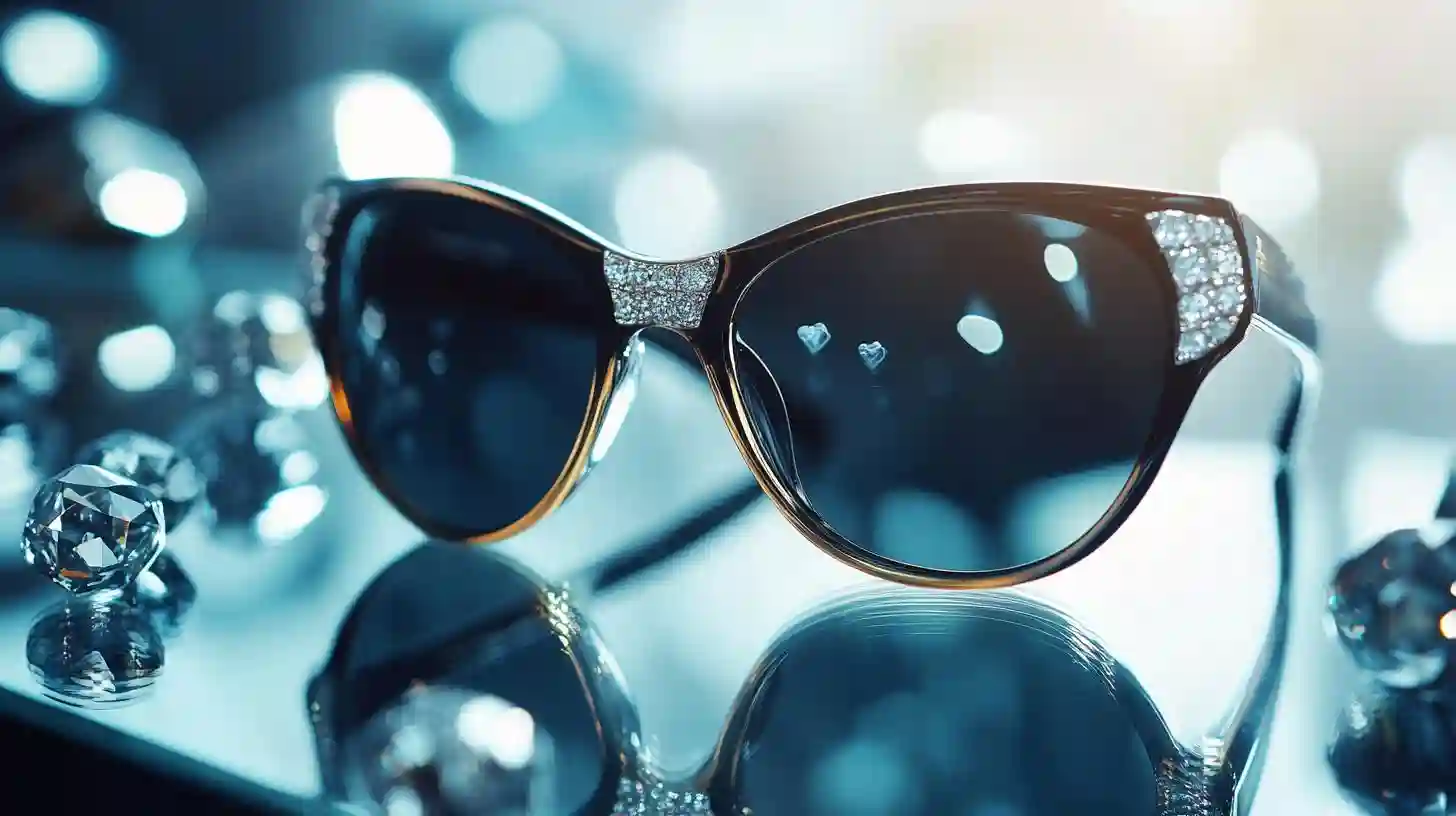
Солнцезащитные очки — это важный аксессуар, который не только служит для стильного оформления внешности, но и выполняет жизненно важную функцию защиты глаз от вредного солнечного излучения. Принцип их работы основывается на использовании различных технологий и материалов, которые помогают блокировать или снижать уровень входящего света. Чтобы понять, как именно происходит затемнение, необходимо изучить несколько ключевых аспектов.
Первое, что стоит отметить, это типы линз, которые используются в солнцезащитных очках. Наиболее распространенными являются поляризованные и непрозрачные линзы. Поляризованные линзы помогают уменьшить блеск, вызванный отражением света от гладких поверхностей, таких как вода, снег или дорога. Это достигается благодаря специальному фильтру, который поглощает световые лучи, движущиеся в горизонтальном направлении. Не менее важными являются линзы, которые обеспечивают различную степень затемнения. Степень затемнения линз обозначается категориями, от первой до шестой, где первая категория позволяет больше света, а шестая — минимальное его количество.
Солнцезащитные очки могут быть изготовлены из различных материалов, включая стекло, полиуретан и поликарбонат. Каждый материал имеет свои преимущества и недостатки. Стеклянные линзы, например, имеют отличную оптическую ясность и устойчивость к царапинам, но могут быть тяжелыми и хрупкими. Полиуретан и поликарбонат, с другой стороны, более легкие и ударопрочные, что делает их идеальными для активного образа жизни, хотя иногда они могут со временем царапаться.
Спецификация цветов линз также является важным аспектом. Разные цвета могут не только изменять внешний вид очков, но и влиять на восприятие света. Серые линзы, например, обеспечивают естественное восприятие цветов и минимизируют общий блеск, в то время как коричневые линзы, как правило, увеличивают контраст и глубину восприятия. Некоторые линзы могут иметь металлическую или зеркальную поверхность, что не только добавляет стильный вид, но и помогает еще больше отражать солнечные лучи.
Одной из наиболее распространенных проблем, с которыми сталкиваются пользователи солнцезащитных очков, является неправильный выбор модели с недостаточной защитой. Важно понимать, что не все солнцезащитные очки обеспечивают достаточную защиту от ультрафиолета. Ультрафиолетовые лучи, особенно UVA и UVB, могут вызывать серьезные повреждения глаз, включая катаракту и макулярную дегенерацию. Поэтому при покупке очков стоит проверять наличие специальных обозначений, подтверждающих защиту от ультрафиолетового излучения. Это могут быть специальные наклейки или индикация на упаковке.
Кроме того, существуют фотохромные линзы, которые изменяют свою степень затемнения в зависимости от интенсивности окружающего света. Они становятся темнее под воздействием солнечных лучей и становятся прозрачнее в помещении. Это делает такие очки весьма универсальными и удобными для повседневного использования.
Выбор солнцезащитных очков также зависит от назначения. Например, для водных видов спорта могут подойти поляризованные линзы для снижения бликов от поверхности воды. Для активных занятий спортом, таких как бег или велосипед, важна легкость и прочность линз. Но те, кто проводит много времени за рулем, также могут использовать специальные линзы, которые улучшают видимость в условиях яркого солнечного света.
Кроме того, потребители должны обратить внимание на качество сборки и удобство ношения очков. Удобные дужки, правильная форма и размер очков помогут избежать дискомфорта во время длительного использования. Многие производители предлагают различные элементы настройки, такие как мягкие накладки и регулировки на носоупорах, которые могут существенно улучшить комфорт.
Так как солнцезащитные очки — это не только функциональный аксессуар, но и элемент стиля, дизайны и формы также играют немалое значение. Производители предлагают широкий спектр стилей — от классических авиаторских до более современных конструкций. Такие варианты, как "кошачий глаз" и "овальные", могут дополнить любой образ. Это позволяет пользователям выбрать очки, которые соответствуют их личному стилю и одновременно обеспечивают защиту.
Существуют также специализированные солнцезащитные очки, предназначенные для детей. Поскольку глаза детей более чувствительны к ультрафиолетовым лучам, крайне важно выбирать качественные защитные очки для них. Дети, играя на улице, зачастую не задумываются о необходимости защищать свои глаза, и именно поэтому ответственность за это ложится на родителей.
В последние годы всё больше внимания уделяется инновациям в производстве солнцезащитных очков. Новые технологии, такие как использование наноматериалов, позволяют улучшить качество линз и при этом снизить их вес. Также развивается тенденция к использованию экологически чистых материалов, что отвечает современным требованиям устойчивого развития и заботы о природе. Например, некоторые компании уже начали выпускать линзы из переработанного пластика, что влияет не только на устойчивость, но и на внешний вид очков.
Кроме всего прочего, важно также упомянуть о необходимости правильного ухода за солнцезащитными очками. Неправильное использование и хранение может привести к повреждениям линз или дужек. Рекомендуется хранить очки в специальном футляре, чтобы минимизировать риск царапин. Также стоит обратить внимание на чистку линз, используя для этого мягкие ткани, которые не повредят поверхность.
Таким образом, солнцезащитные очки являются не только предметом стиля, но и важным средством защиты для глаз. Понимание принципов их работы и множества факторов, влияющих на выбор, поможет сделать правильный выбор и обеспечить комфорт и безопасность при использовании.